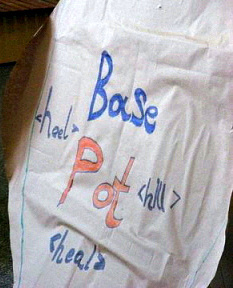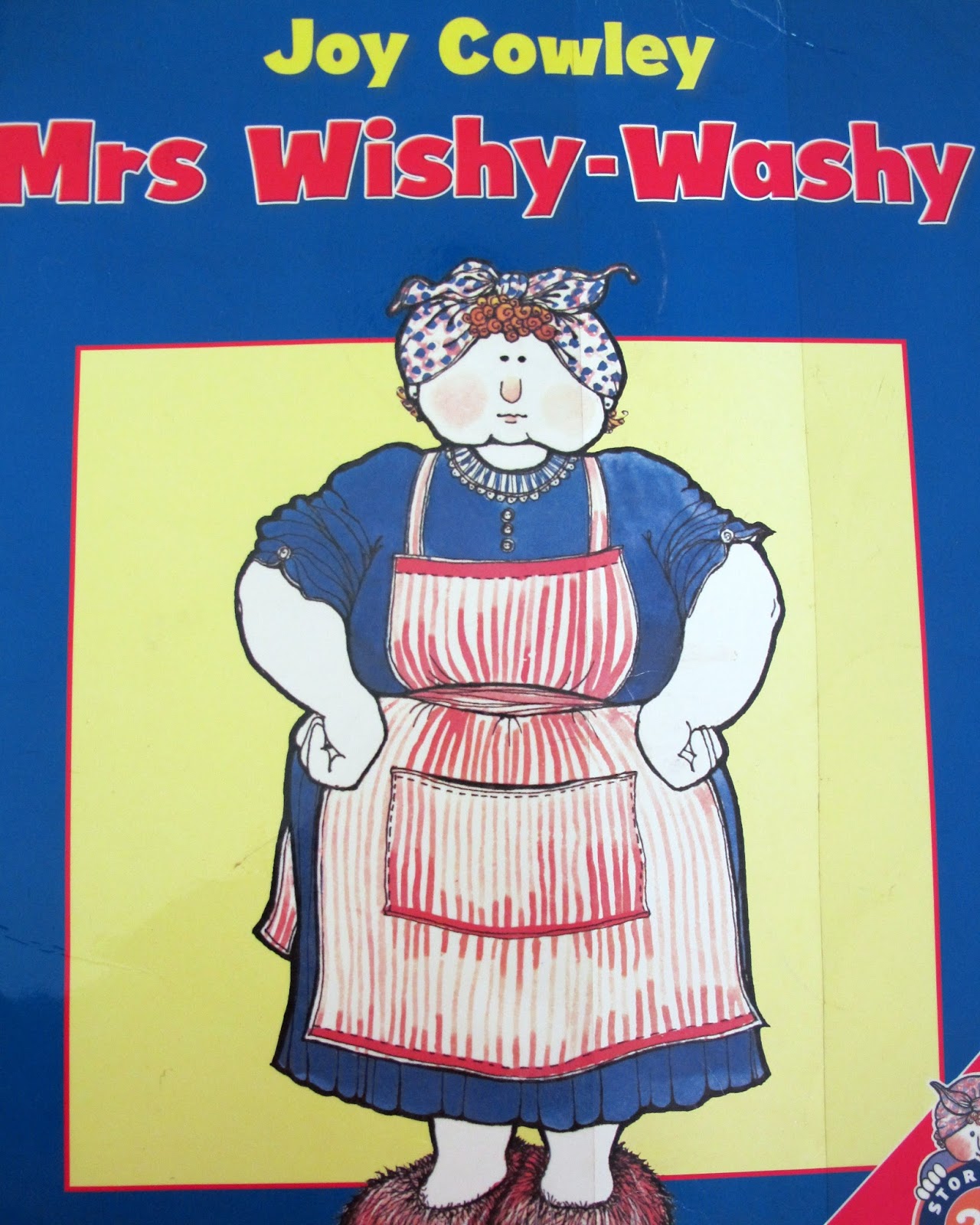Starting the learning journey...word families, word webs, matrixes, word sums
Essential Understandings...where to start? |
| Building essential orthographic understanding in the early years. |
"What are some ways to start teaching structured word inquiry
with a group of children...?"
A frequently asked question from teachers who are embarking on the critical journey of teaching orthography (morphology, etymology and phonology).
 |
| Using significant words to investigate, from a Unit of Inquiry about materials and their properties. |
 |
| Learning to use resources to independently investigate the structure, meaning and history of words. |
 |
| Using significant learning tools like flowcharts, to build understanding of essential suffixing patterns. |
Here is an example of a structured learning experience to introduce the essential understandings of English orthography.
Starter word: <healthy>
Structured Word Inquiry: A selection of learning experiences
(from 'Starting the Learning Journey' document)
1. Developing a bank of word webs, using free starter bases, to demonstrate the significance of the connectedness of meaning and spelling. For example (heal) is the base of (healthy), and is clearly related in meaning, even though there is a pronunciation change in the word (healthy). The spelling comes directly from the base <heal>, hence:
heal + th + y --> healthy
The word web for (heal), and other related activities, can be shared at an assembly or with other audiences.
 |
| The students are creating morphological word sums for the base <heal>. |
| The students created the word sum for <unhealthier>. un + heal + th + i/y +er --> unhealthier |
 |
| The base (heal) jumped out of the base pot! |
 |
| The students demonstrated the word sum for (healthy), with the base (heal) and the two suffixes (th) and (y), demonstrating the suffix change of the i/y. |
- demonstrate how the words can be arranged in the form of a matrix.
- write and spell the word sums.
- focus on the suffixing pattern of i/y.
- investigate homophones (heal) (heel).
- investigate the different phonemes for the diagraph (ea) in (heal) and (health).
- do a further investigation of the etymology of (heal), looking for etymological markers as a key to the spelling.
As Pete Bower's states "How can we offer learners an understanding of our writing system unless the instruction is informed by an
accurate understanding in the first place?"
As indicated in the learning experience above, you can begin with a starter base already known by the students, with a prepared bank of words, OR you can...
...start with a group of words (in a bag, pocket or mystery box) with a starter base to be discovered by the students!
starter base <paint>
 |
| Start with a bag of words and a blank word web. In this activity the words are <painted> <painting> <painter> <repaint>... |
 |
| The children predict the base as the words are exposed, discussed and placed on the word web. |
 |
| The students actively participate in the learning. |
When all the words have been added to the word web the students are
asked to make a prediction about the base. Ask the students to share their ideas with a partner.
 |
| When the base has been revealed and proven it can be recorded on the word web. |
 |
| The completed (or maybe, not completed!) word web. |
You can find more information about these learning experiences by clicking on these links: word web collaborative activity; blog post 'Can you teach morphology to Young Children?'; article Starting the Learning Journey









Comments
Post a Comment